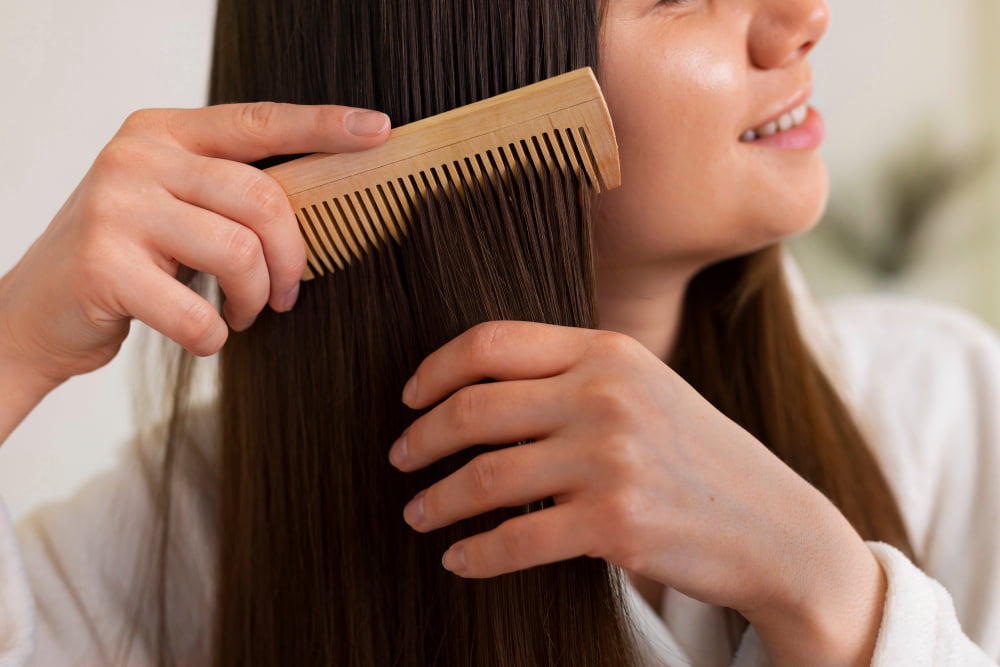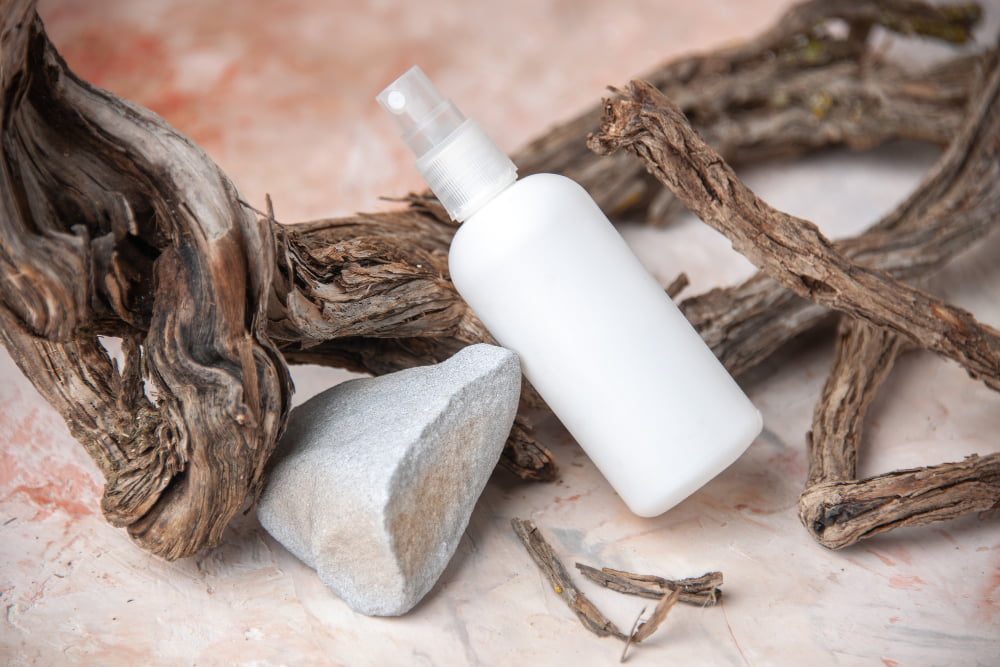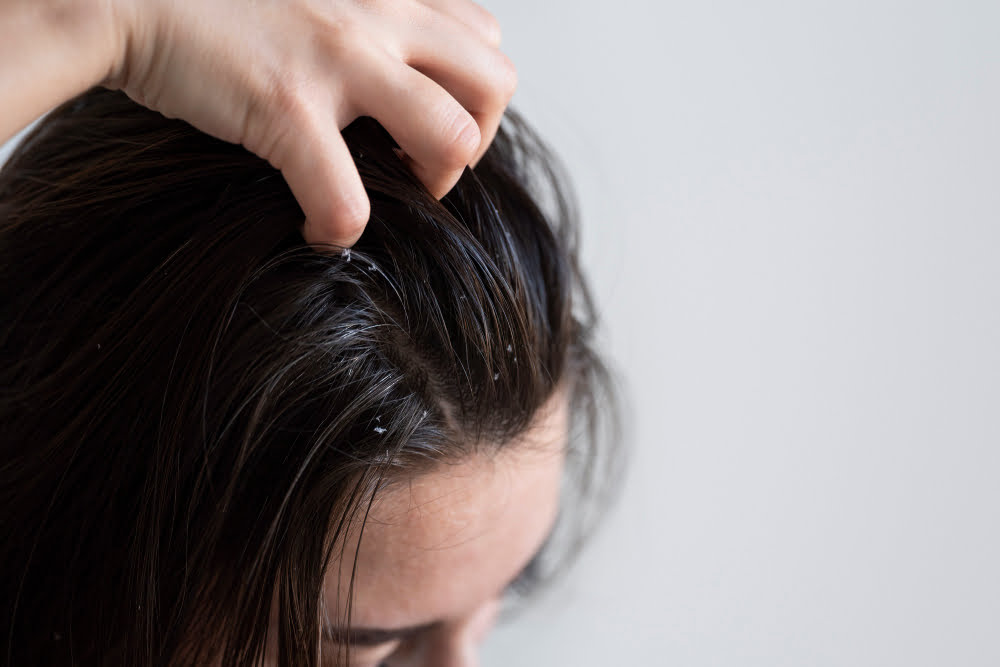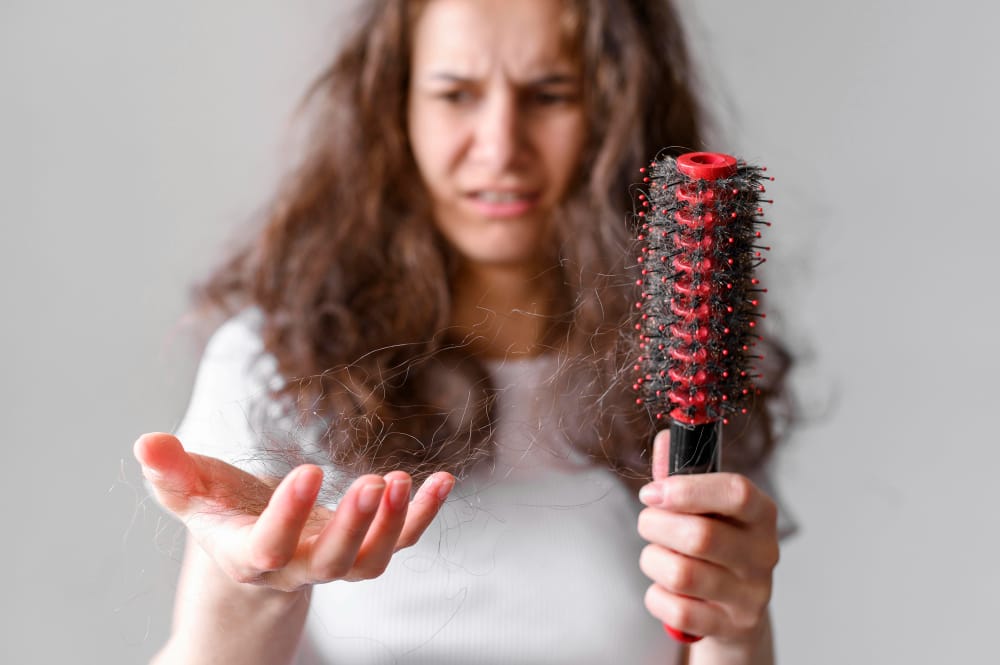What if the best thin hair shampoo could be made in your own kitchen? Imagine crafting a shampoo that not only cleanses but adds volume and strength to your hair—all with natural ingredients. Get ready to transform your hair naturally using simple ingredients like aloe vera and essential oils. Say goodbye to store-bought disappointments and hello to fuller, healthier hair!
Have you ever felt like you’ve tried every shampoo under the sun, only to find that none of them truly addresses the needs of your thin, limp hair? What if I told you that the best thin hair shampoo could actually be made right at home, using ingredients you probably already have? This DIY guide is all about giving you the tools to create a shampoo that enhances volume, strengthens hair, and aligns perfectly with your personal needs. Ready to transform your hair care routine?
But why go the DIY route? Is making your own shampoo really worth the effort? Let’s explore how this approach can benefit your thin hair and how you can craft the best hair shampoo tailored to your needs.
Why Thin Hair Needs Special Attention:
Thin hair often lacks the volume and strength found in thicker hair types. Factors like genetics, diet, and exposure to harsh chemicals can contribute to thinning hair. According to the American Academy of Dermatology, about 40% of women experience visible hair loss by age 40, making effective hair solutions essential .
Many commercial shampoos contain sulphates and parabens that can strip hair of its natural oils, exacerbating issues for those with thin hair. This is why the best shampoo for thin hair is often one that is gentle, nourishing, and free from harsh additives.
DIY Shampoo for Thin Hair: The Benefits:
Creating your own shampoo can be a game-changer. Here’s why:
Natural Ingredients:
DIY shampoos are free from harsh chemicals, making them ideal for delicate, thin hair.
Customizable:
Tailor the recipe to address your specific needs, from adding volume to enhancing shine.
Cost-Effective:
Making your own shampoo can be significantly cheaper than purchasing high-end, speciality products.
Eco-Friendly:
DIY options often involve reusable containers, reducing plastic waste.
Ingredients to Use in the Best Thin Hair Shampoo:
Choosing the right ingredients is crucial. Here are some of the most effective components:
Aloe Vera:
Aloe vera’s soothing and moisturising properties help balance the scalp’s pH and promote healthy hair growth .
Ca-stile Soap:
A natural, plant-based soap that cleanses without stripping essential oils, making it a perfect base for DIY shampoos .
Rosemary Essential Oil:
Research indicates that rosemary oil can boost hair growth by improving circulation to the scalp and preventing hair loss .
Coconut Milk:
High in protein and nutrients, coconut milk strengthens hair and adds moisture .
Jojoba Oil:
Jojoba oil mimics the scalp’s natural oils, providing moisture without greasiness .
Lavender Essential Oil:
Lavender oil is known for its calming effects and potential to reduce hair loss and promote growth .
Honey:
A natural humectant, honey draws moisture into the hair, enhancing shine and volume .
DIY Recipe: Best Thin Hair Shampoo You Can Make at Home:
Here’s a tried-and-tested recipe for creating the best thin hair shampoo at home:
Ingredients:
- 1/4 cup Castile soap
- 1/4 cup coconut milk
- 1 tablespoon aloe vera gel
- 10 drops rosemary essential oil
- 10 drops lavender essential oil
- 1 teaspoon jojoba oil
- 1 tablespoon honey
Instructions:
- Mix the Castile soap and coconut milk in a bowl.
- Add aloe vera gel, jojoba oil, and honey. Stir well.
- Incorporate the rosemary and lavender essential oils, mixing thoroughly.
- Transfer the mixture into a reusable shampoo bottle.
- Shake before each use. Apply to wet hair, massage into the scalp for 2-3 minutes, then rinse thoroughly.
This shampoo provides nourishment while enhancing volume—perfect for thin hair.
What the Research Says About Natural Hair Solutions:
Research supports the efficacy of many natural ingredients used in DIY shampoos:
Rosemary Oil:
A study published in the Journal of Dermatology found that rosemary oil was as effective as minoxidil in promoting hair growth without the side effects .
Aloe Vera:
According to the International Journal of Trichology, aloe vera helps reduce dandruff and soothes the scalp, promoting healthier hair growth .
Coconut Milk:
Research highlights that coconut milk’s high protein content helps in strengthening hair follicles and enhancing shine .
These findings underscore the benefits of using natural ingredients in your hair care routine.
My Personal Experience with DIY Shampoos:
When I first started exploring DIY shampoos, I was sceptical. However, after experiencing disappointing results with store-bought options, I decided to give it a try. I created a shampoo similar to the recipe shared above, and the results were remarkable. My hair felt noticeably thicker, and I could see a significant improvement in volume and shine.

Not only did my hair look better, but I also felt more in control of my hair care routine. The process was simple, cost-effective, and my hair responded well to the natural ingredients. It was a game-changer that I would recommend to anyone struggling with thin hair.
How to Use Your DIY Thin Hair Shampoo:
To get the most out of your DIY shampoo:
Shake Before Use:
Natural ingredients can separate, so give your bottle a good shake before each use.
Massage the Scalp:
Apply the shampoo to your scalp and massage gently to stimulate blood flow and promote hair growth.
Rinse with Cool Water:
Cool water helps close the hair cuticles, making your hair look shinier and healthier.
Extra Hair Care Tips for Thin Hair:
In addition to using the best shampoo for thin hair, consider these extra tips:
Avoid Excessive Heat Styling:
Limit the use of heat tools to prevent further damage.
Use a Wide-Tooth Comb:
To minimise breakage, especially when hair is wet and more prone to damage.
Incorporate a Weekly Hair Mask:
Try masks with ingredients like avocado or olive oil for added nourishment.
Let’s Chat: What Are Your Go-To Hair Solutions?
Have you tried making your own shampoo? If so, what were your results? Share your experiences, questions, or favourite DIY recipes in the comments below! Your insights could help others on their hair care journey.
By using this guide, you’ll not only find the best thin hair shampoo but also discover how to tailor your hair care routine to achieve the best results for your hair type. Ready to make the switch? Give these DIY methods a try and see the difference for yourself!



Pingback: Hair Masks for Dry Hair: Best Natural Remedies for Intense Hydration